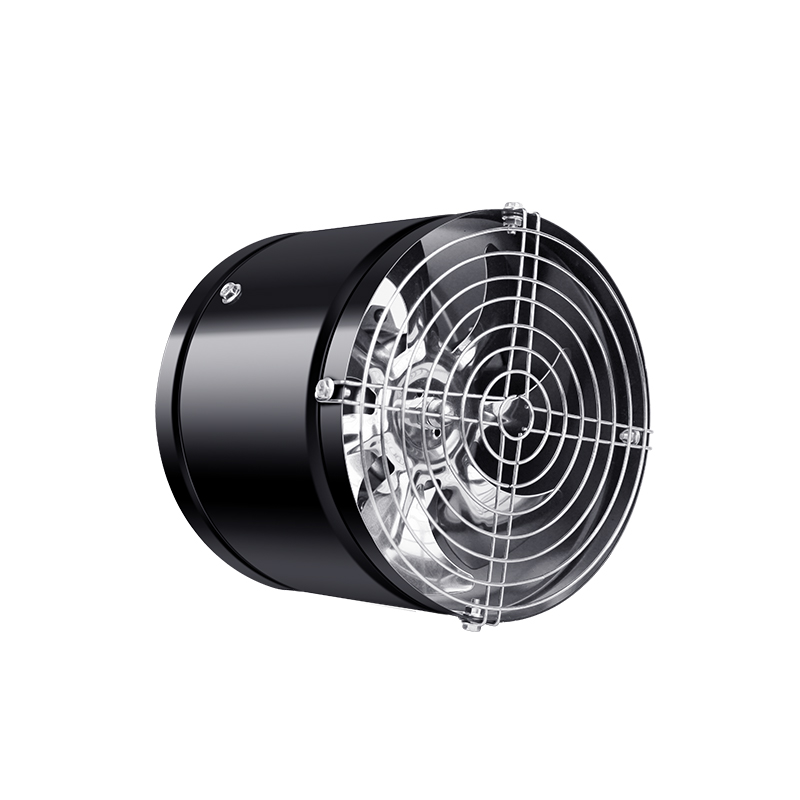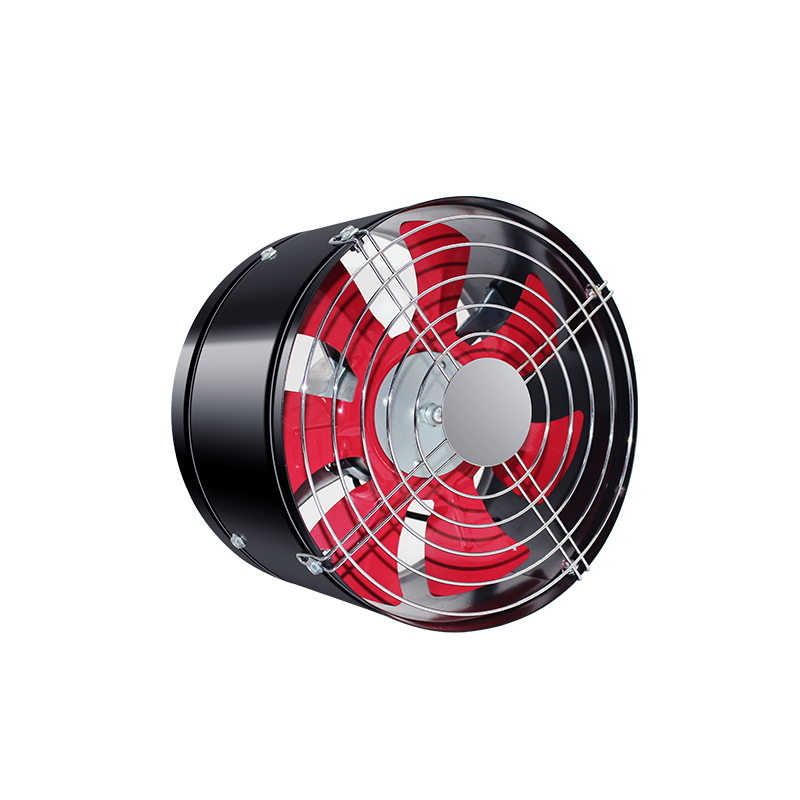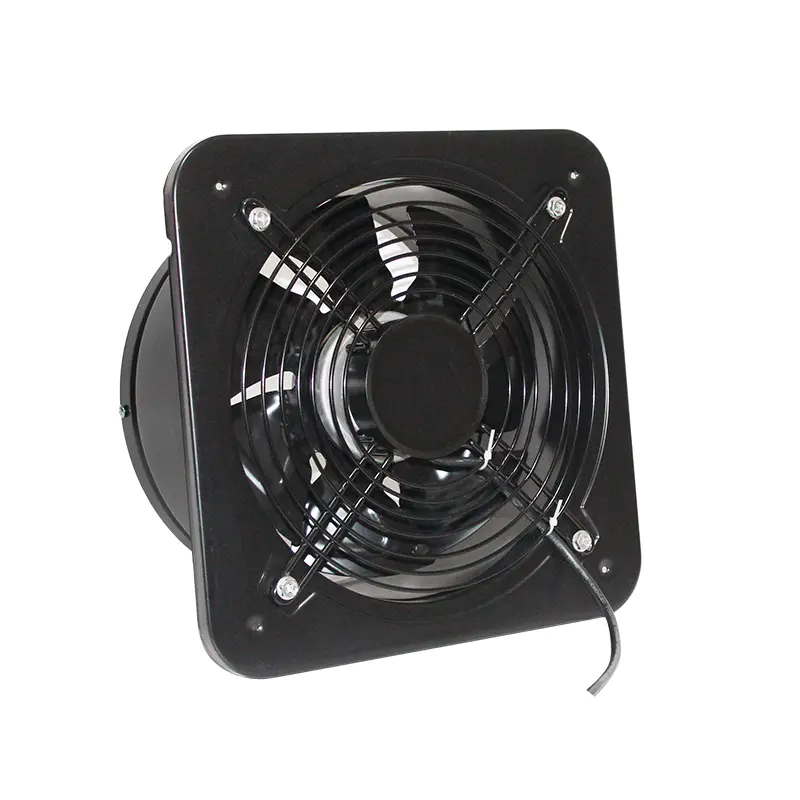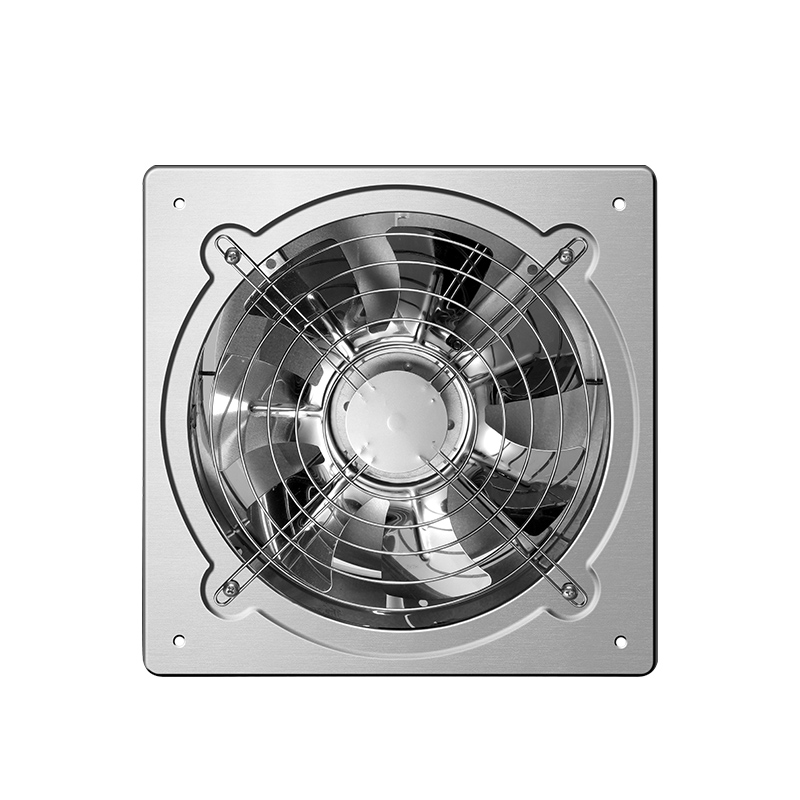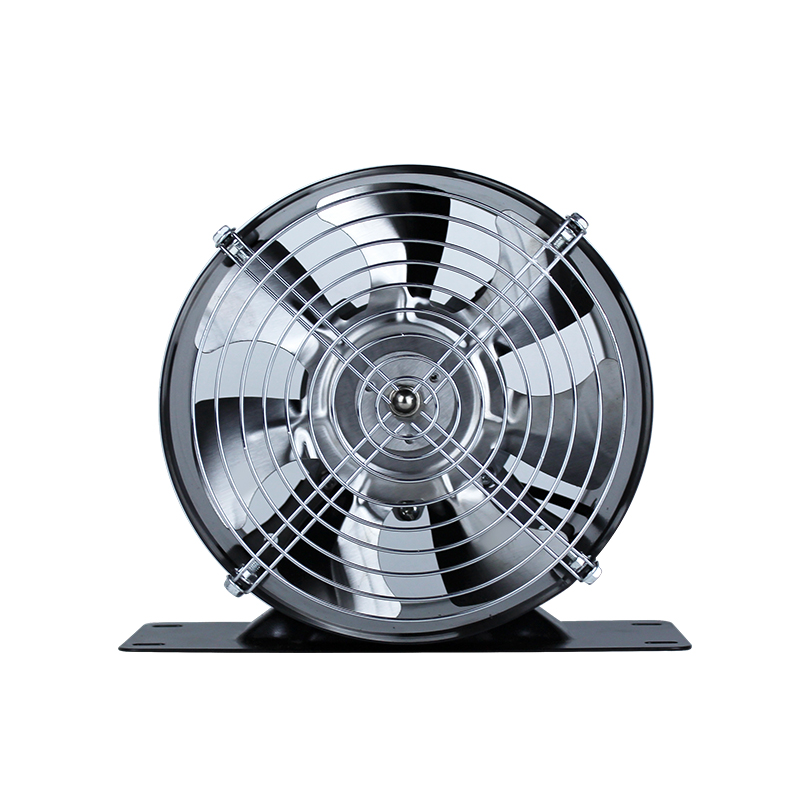News
5 Benefits of Installing a Ducted Ventilation System You Can't Ignore
- 1 1. Superior Whole-House Air Quality and Health
- 2 2. Enhanced Energy Efficiency and Climate Control
- 3 3. Unbeatable Quiet Operation and Discretion
- 4
- 5 4. Increased Property Value and Appeal
- 6 5. Low Maintenance and Long-Term Reliability
- 7 FAQ
- 7.1 How much does it cost to run a ducted ventilation system?
- 7.2 Can a ducted ventilation system help with allergies?
- 7.3 What is the difference between an extraction fan and a ducted ventilation system?
- 7.4 How often should I maintain my ducted fan?
- 7.5 Is a ducted system with heat recovery worth the investment?
Improving indoor air quality and comfort is a top priority for many homeowners, and a ducted ventilation fan is one of the most effective solutions available. Unlike single-point fans, these systems provide whole-house air management, offering a range of advantages that are often overlooked. This article delves into five compelling benefits of installing a ducted ventilation system, explaining why it might be the upgrade your home truly needs.
1. Superior Whole-House Air Quality and Health
The primary advantage of a ducted ventilation fan is its ability to systematically replace stale, polluted indoor air with fresh, filtered outdoor air. This is far more effective than opening a window, which can let in allergens and pollutants. A well-designed system ensures every room benefits from consistent air exchange.
- Reduces Allergens and Pollutants: By continuously expelling indoor air contaminated with dust mites, pet dander, and volatile organic compounds (VOCs) from cleaning products, these systems create a healthier living environment, especially for those with allergies or asthma.
- Eliminates Excess Humidity: Persistent moisture leads to mold and mildew growth. How to reduce humidity with ducted fans is a common question, and the answer lies in their design. They actively remove humid air from source points like kitchens and bathrooms, preventing structural damage and health issues before they start.
- Manages Odors Effectively: Cooking smells, smoke, and other lingering odors are swiftly extracted at the source and vented outside, preventing them from circulating and absorbing into soft furnishings.
2. Enhanced Energy Efficiency and Climate Control
Modern homes are built to be airtight for energy savings, which unfortunately traps stale air inside. A ducted ventilation system resolves this paradox by providing controlled ventilation without the massive energy loss associated with open windows.
- Works with Your HVAC: By maintaining a balanced air pressure, these systems reduce the strain on your heating and cooling systems, allowing them to operate more efficiently and potentially lowering your energy bills.
- Heat Recovery Capabilities: Some advanced systems feature heat exchangers. A key feature to understand is ducted fan with heat recovery efficiency. These units transfer heat from the outgoing stale air to the incoming fresh air in winter (and vice versa in summer), drastically reducing the energy needed to heat or cool the incoming air.
| System Type | Key Feature | Best For |
| Basic Extraction | Removes moist air from wet rooms | Budget-conscious humidity control |
| Balanced Pressure (MVHR) | Simultaneous intake and exhaust with heat recovery | Maximizing energy efficiency in well-insulated homes |
3. Unbeatable Quiet Operation and Discretion
One of the most appreciated yet unexpected benefits is the noise level—or lack thereof. The central fan unit in a ducted system is typically installed in a low-traffic area like an attic or garage, away from living spaces.
- Centralized Sound: The main motor's hum is isolated and muffled by its location. This means that the operation is significantly quieter at the vent grilles compared to a powerful in-wall bathroom fan running at high speed right in the room.
- Ideal for Nighttime Use: The quiet operation allows for continuous running without disturbing sleep, ensuring fresh air circulation throughout the night. This makes a quiet ducted fan for home a highly sought-after solution for light sleepers and families.
Energy-Saving Silent Duct Fan Inline Duct Fan
4. Increased Property Value and Appeal
Installing a whole-house ventilation system is a smart investment that adds tangible value to your property. It is seen as a premium, modern feature by potential buyers who are increasingly aware of health and efficiency issues.
- A Marketable Feature: A home with a dedicated system to combat dampness, condensation, and poor air quality stands out in the real estate market. It signals a well-maintained property protected from moisture-related damage like rot or mold.
- Solves Core Homeowner Problems: It directly addresses common complaints like window condensation, stuffy rooms, and bathroom mildew, making the property more appealing.
5. Low Maintenance and Long-Term Reliability
While all mechanical systems require some upkeep, ducted ventilation systems are designed for longevity and ease of maintenance. The key to their reliability is a simple, regular service schedule.
- Easy Filter Changes: The most frequent task is replacing or cleaning the air filters, which is a simple DIY job that takes minutes. This is a core part of ducted ventilation fan maintenance tips and ensures the system runs efficiently.
- Durable Components: Designed for continuous operation, the motors and housings are built to a higher standard than typical consumer-grade fans, leading to a longer service life.
- Centralized Servicing: With one central unit, maintenance is simplified. You don't need to check or service multiple individual fans throughout the house. Understanding the cost to run ducted fan system must include its minimal maintenance needs, which are far lower than the cost of repairing mold damage or high energy bills from an inefficient home.
FAQ
How much does it cost to run a ducted ventilation system?
The cost to run ducted fan system is surprisingly low. Most residential units consume a similar amount of electricity as a low-wattage light bulb—typically between 30W and 100W on standard settings. Even running continuously 24/7, the annual cost is often significantly less than $100, making it a very efficient investment for year-round air quality and humidity control.
Can a ducted ventilation system help with allergies?
Absolutely. By constantly replacing stale indoor air with fresh, filtered outdoor air, these systems drastically reduce the concentration of common allergens like pollen, dust mites, and pet dander inside the home. The filters in the system are designed to trap these particles before they can circulate, creating a sanctuary for allergy sufferers.
What is the difference between an extraction fan and a ducted ventilation system?
An extraction fan (e.g., a typical bathroom fan) is a single-point solution that only removes air from one localized area, creating negative pressure. A ducted ventilation system is a balanced, whole-house solution. It often has multiple intake and exhaust points, managing the air throughout the entire home. Some systems even have heat recovery, making them far more energy-efficient than simple extraction.
How often should I maintain my ducted fan?
Basic ducted ventilation fan maintenance tips recommend checking or replacing the filters every 6 to 12 months, depending on usage and environmental factors (e.g., pet hair, construction dust). The ducting itself and the main unit are typically designed to be very low maintenance and may only need a professional inspection every 2-3 years to ensure optimal performance.
Is a ducted system with heat recovery worth the investment?
For anyone living in a climate with extreme hot or cold seasons, a ducted fan with heat recovery efficiency is highly worthwhile. While the initial cost is higher, the system can recover up to 90% of the heat that would normally be lost through ventilation. This dramatically reduces the energy required to heat incoming cold air in winter or cool incoming hot air in summer, leading to substantial savings on energy bills that offset the initial investment over time.


 English
English 中文简体
中文简体
